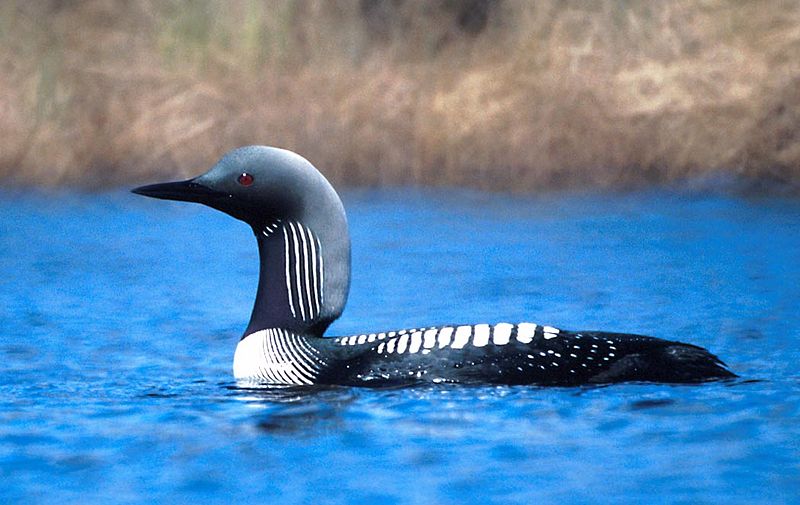February 19 and 20, 2011 - Los Angeles area
February 21 and 22, 2011 - San Diego and the Salton Sea
February 23, 2011 - Phoenix, Tucson, the Santa Cruz flats and Madera Canyon
February 24, 2011 - Madera Canyon, Patagonia, and the San Rafael Grasslands
February 25, 2011 - Cave Creek Canyon, Barfoot Canyon, drive to Ventura, CA
February 26, 2011 - Kern and Santa Barbara Counties, CA
February 27, 2011 - Santa Cruz Island
February 28, 2011 - Los Angeles, flight home
February 24
The day held a lot of promise – we were going to spend the
morning picking up the specialties in Madera Canyon, then head over to
Patagonia to check some famous hummingbird feeders and find about a dozen
species of hummingbirds, then check the famous Patagonia Lake State Park (with
a detour at Pena Blanca for the Least Grebes) and find a whole bunch of Mexican
strays (birds, not people), and finally a check of the San Rafael Grasslands
for prairie species.
It took a while for the canyon to warm up in the morning, so
birdsong was quiet. After a brief vigil at the Santa Rita Lodge feeders, birds
finally appeared. I called out Hermit Thrush, and a junco flushed from a bush.
The guys made fun of me, but then seconds later they got on the thrush. Come
on, my ID skills are not THAT bad.... Around the feeders we picked up Bridled
Titmouse, three subspecies of Dark-eyed Junco, Acorn Woodpecker, and brief
looks at a Hepatic Tanager that stopped in. I was especially happy with the tanager - a species that I had long wanted to see! Unfortunately the hummingbird feeders were not active this time of year.
 |
| Acorn Woodpecker |
 |
| Mexican Jay |
 |
| Hepatic Tanager |
At this point it was still quite cool out (about 30 degrees F), so we drove
down the canyon to see what was active in the sun. This was a good move as we
found a huge sparrow flock containing 11 species (including our first
Green-tailed and Canyon Towhees and Lark Buntings). Many other birds were
around and we had great looks at Pyrrhuloxia, Ladder-backed Woodpecker, and
Cactus Wren.
 |
| Brewer's Sparrow |
We left with smiles on our faces and drove to Pena Blanca
Lake to check out the Least Grebes. Along the route we had a couple of Black Vultures!
 |
| Black Vulture |
I split from the guys and found 3 at the
far end of the lake (with a flock of Mexican Mallards), while they found the
other 3 grebes at their end of the lake. I really enjoyed this place and was
happy to find an Eastern Winter Wren (very rare in Arizona), Bewick’s Wren, and
Rufous-crowned Sparrows. The other guys got Sora, Gray Flycatcher, and a few
others.
 |
| Least Grebe |
 |
| Rock Wren rocking out |
We continued on to Patagonia, but for a moment were slightly confused as the signs were in metric around here! We also briefly looked at Mexico. Nice place!
 |
| view of Mexico |
The main targets at Patagonia were Neotropic Cormorant,
Rufous-backed Robins, and a trogon. Well, the theme of Arizona continued and we
missed them all. White-throated Swifts were nice to see and we had some
interesting passerines including Plumbeous Vireo, Hammond’s, Gray, and a
“Western” flycatcher, and marsh wrens. We had some fun angering the belligerent cows that roamed the area as well. It was a nice park and it felt great to be walking around on this beautiful spring day!
The famous feeders of the Paton’s were next on the agenda. These hummingbird feeders have been visited by nearly every birder who goes to southeastern Arizona, and for good reason! As expected, when we arrived there was a vigilant group of birders keeping an
eye on the feeders. Inca and White-winged Doves were new for us and a male
Lazuli Bunting made a few brief visits.
 |
| The Paton's |
 |
| Lazuli Bunting |
The only hummers we got were Rufous,
Allen’s, and Anna’s - so much for a huge hummingbird day! It was, however, great to have killer looks at these birds in perfect lighting.
 |
| Anna's Hummingbird |
A Red-breasted Sapsucker was in the trees just down the road, which I believe is a rare bird for southeastern Arizona.
 |
| Red-breasted Sapsucker |
We spent the afternoon at the San Rafael Grasslands, a stop
that ended up being one of the highlights of the trip for all of us. While bird life was scant, the place was spectacular. Endless rolling grasslands
extended almost as far as the eye could see.
 |
| San Rafael grasslands |
 |
| San Rafael grasslands |
It was so peaceful with a gentle
breeze rolling through, the sounds of Meadowlarks everywhere (both species),
and the warm glow of the setting sun behind us. We spent much of the time just
cruising around.
Birdlife, while not incredible, did include Grasshopper
Sparrow, Lillian’s Meadowlark, Northern Harrier, “Prairie” Merlin, White-tailed
Kite, and Say’s Phoebe. We ended up scoping a flock of Pronghorns in the
distance.
Dave of course, had to emulate their behaviour. Nice
prancing, buddy.
I left this place with a great feeling – it was so relaxing
and peaceful to be in this wonderful place.
Dinner was spent at a local joint (the Wagon Wheel), then it
was off on the long drive to Portal. We arrived in Cave Creek Canyon under a
blanket of stars that were visible in the dry desert air.
 |
| Cave Creek Canyon Campground |
It was time for yet another long night in the car, but I had
a surprisingly decent sleep curled up in the back seat. I guess total
exhaustion will do that to you!





















































